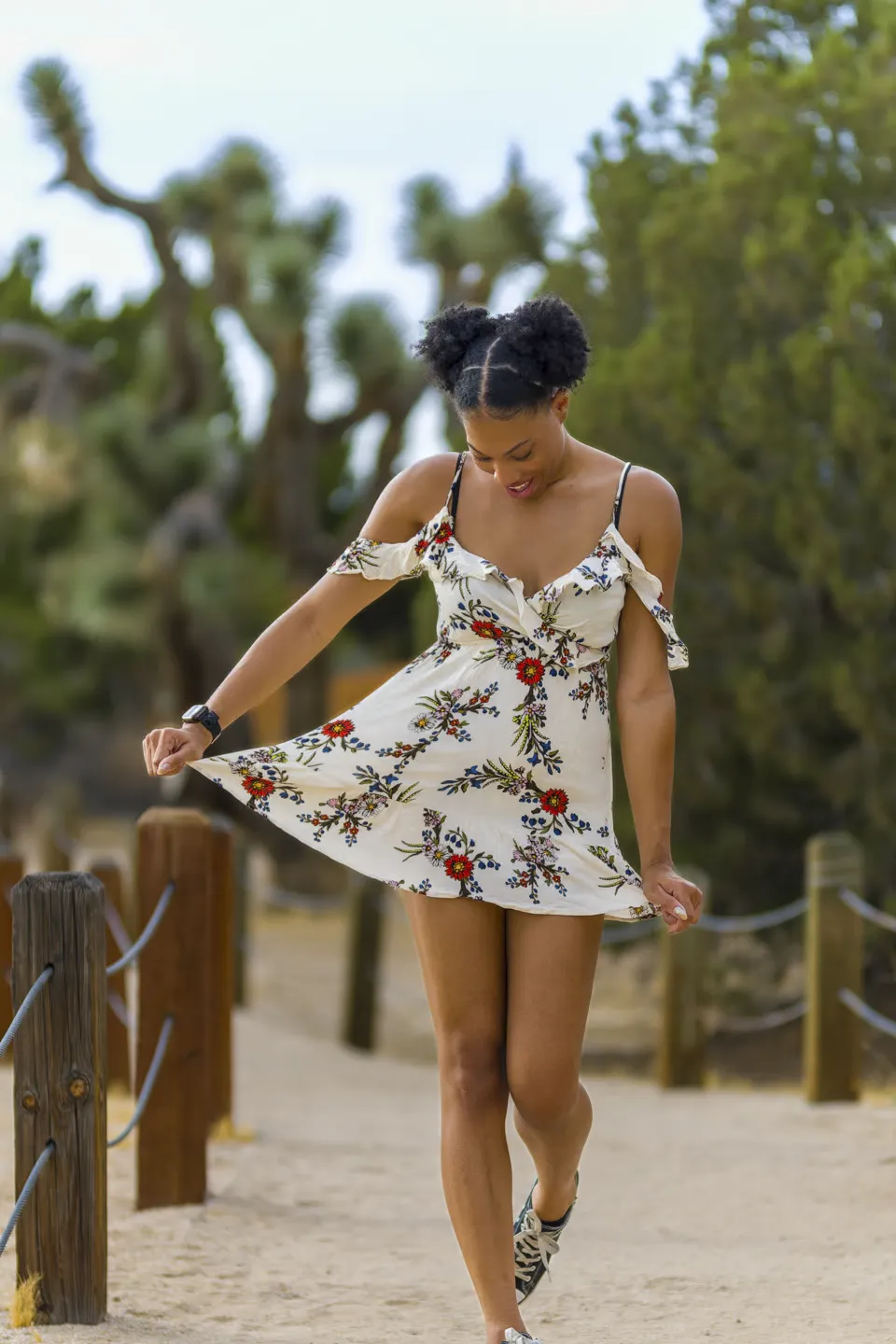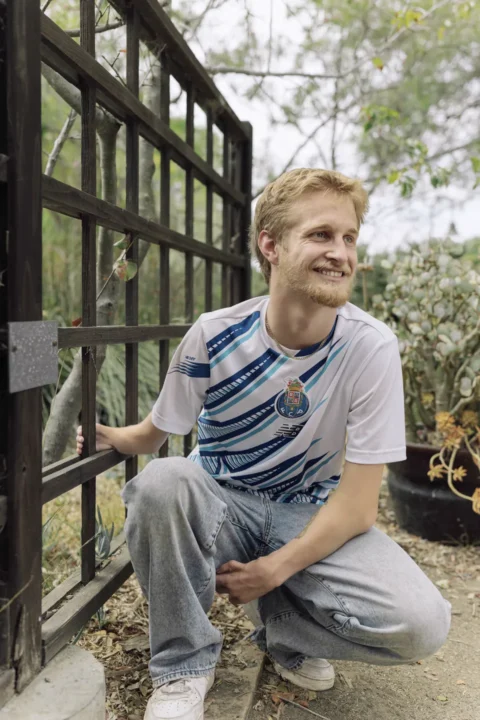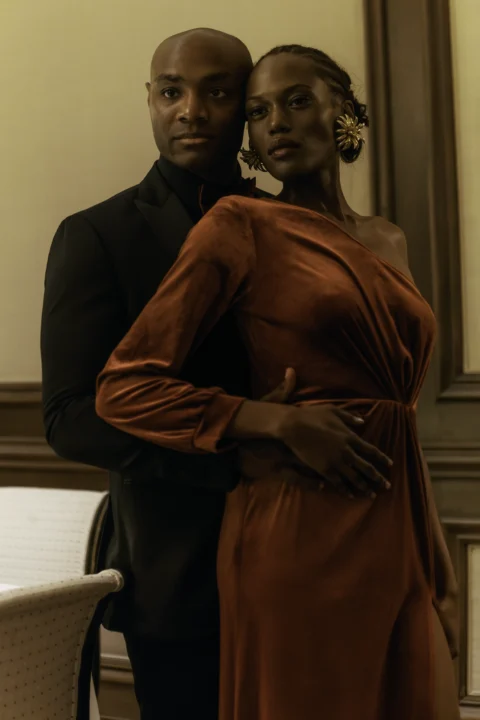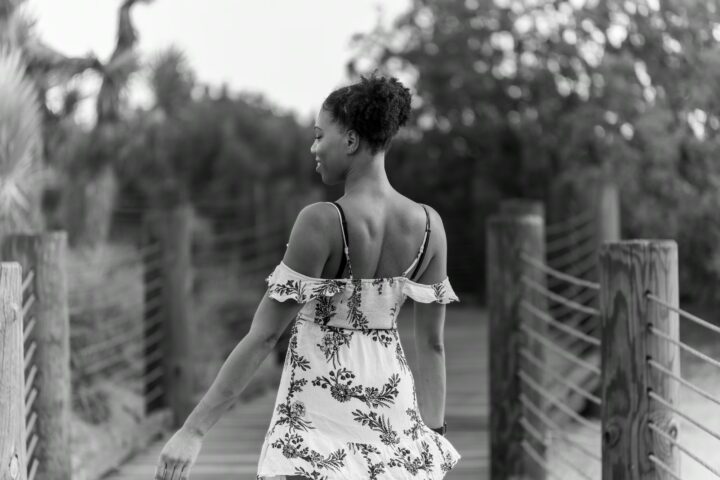
Choosing the Right Clothes for Your Photoshoot
Deciding what to wear for a photoshoot can feel overwhelming, but with a little planning, you can create a look that complements your personality, location, and the overall vibe of the session. Your outfit choices play a major role in how you feel in front of the camera, which ultimately impacts the final images. Here’s a practical guide to help you choose the best outfits for your next photoshoot.
1. Showcase Your Personality
The most important rule? Wear something that makes you feel comfortable and confident. Your outfit should reflect who you are. If you never wear formal attire, there’s no need to suddenly don a glamorous gown. Stick with clothing you love and feel great in—whether that’s a casual jeans-and-shirt combo or something dressier. Feeling like yourself during the session helps create natural, authentic photos.
2. Bring Multiple Options
If possible, bring a few outfit options to your shoot. Having 2–3 tops, a couple of pairs of pants, and a layering piece like a jacket or cardigan allows for flexibility. If your shoot includes multiple locations, different outfits can help create varied looks. However, keep in mind that changing outfits on location might mean using a car or a public restroom, so plan accordingly.
3. Consider the Location and Season
Your outfit should make sense for where and when the shoot takes place. If you’re heading to the beach, barefoot or sandals will look more natural than heavy boots. A forest setting in fall pairs well with cozy layers, while a cityscape might call for modern, structured outfits. Dressing for the season also ensures comfort—light fabrics for summer, warm layers for winter.


4. Choose Colors That Flatter and Complement
Neutral and earthy tones tend to photograph beautifully, but that doesn’t mean you have to stick to beige and gray. Opt for deeper, muted shades like burgundy instead of bright red or navy instead of electric blue. These tones help you stand out without overpowering the image. Additionally, consider colors that complement your surroundings to create a cohesive look.
Avoid overly bright colors, neon hues, and large, distracting logos or graphics, as these can take attention away from your face and the emotion of the photos.
5. Avoid Patterns and Busy Prints
While solid colors are a safe choice, subtle patterns can work well if they don’t compete with the background. However, avoid small stripes, high-contrast patterns, and overly busy designs, as these can create distortion in digital photography and distract from the subject. Similarly, avoid clothing with logos, slogans, or cartoon characters—they may seem fun now, but they can date your photos quickly and take focus away from your expression.
6. Incorporate Movement
Flowy fabrics can add a sense of movement and energy to your images. Dresses, skirts, and lightweight scarves can create dynamic effects, especially in outdoor settings. However, avoid clothing that is too tight or restrictive, as it can make movement feel awkward and unnatural.
7. Keep Accessories Simple
Accessories can enhance your look, but they should complement rather than distract. Statement earrings, a stylish hat, or a cozy scarf can add personality to your outfit. On the other hand, watches and overly bold jewelry can sometimes be distracting. If incorporating accessories, choose pieces that align with your personal style and the tone of the shoot.
8. Dress Appropriately for the Occasion
While you don’t need to wear formal attire, it’s important to dress a step above your everyday casual wear. Avoid overly casual items like hoodies, sweatpants, tank tops with visible bra straps, and baseball caps unless they are a key part of your personal style. A slightly polished look helps ensure your photos are timeless and professional.

9. Hair and Makeup: Keep It Natural
Your hairstyle and makeup should enhance your features without feeling overdone. If you don’t usually wear a lot of makeup, there’s no need to go overboard for your session. A natural, polished look tends to age well in photos. If you’re getting professional hair and makeup done, schedule it with enough time before the shoot so you’re not rushed.
10. Coordinating Outfits for Group Photos
If you’re doing a family or couple’s session, aim for coordination rather than matching. Choose a color palette of 2–4 complementary colors and build outfits around those tones. Avoid identical outfits, such as everyone wearing white shirts and jeans, as this look has become overdone and can appear outdated.
Final Thoughts
Your photoshoot should be a fun and comfortable experience, and your clothing choices play a big role in that. By selecting outfits that reflect your personality, fit the location, and photograph well, you’ll create images that you’ll cherish for years to come. When in doubt, consult with your photographer—they can offer guidance on what will look best based on the session’s setting and lighting. The most important thing is to wear what makes you feel good, because confidence always shines through in photos!
